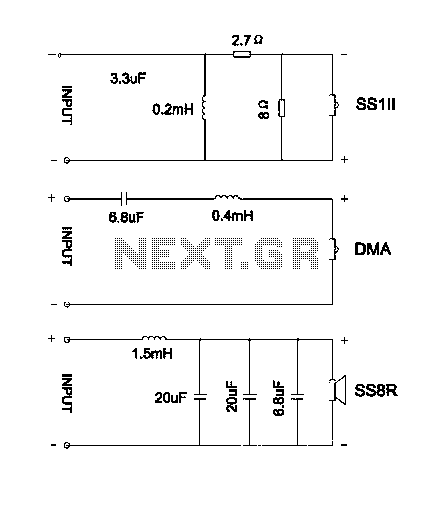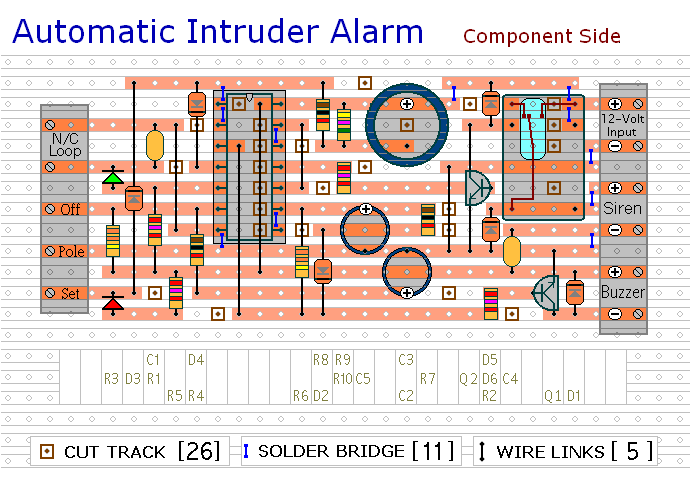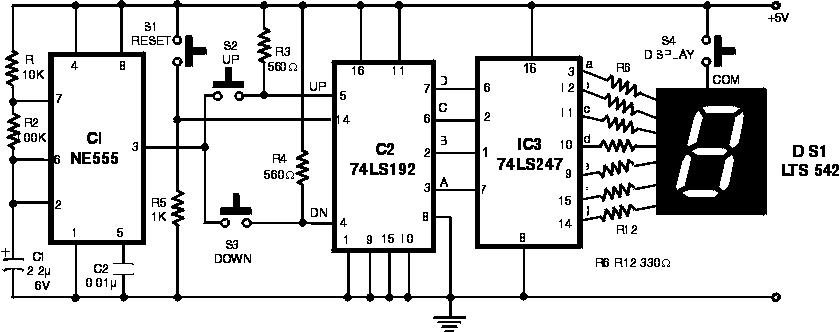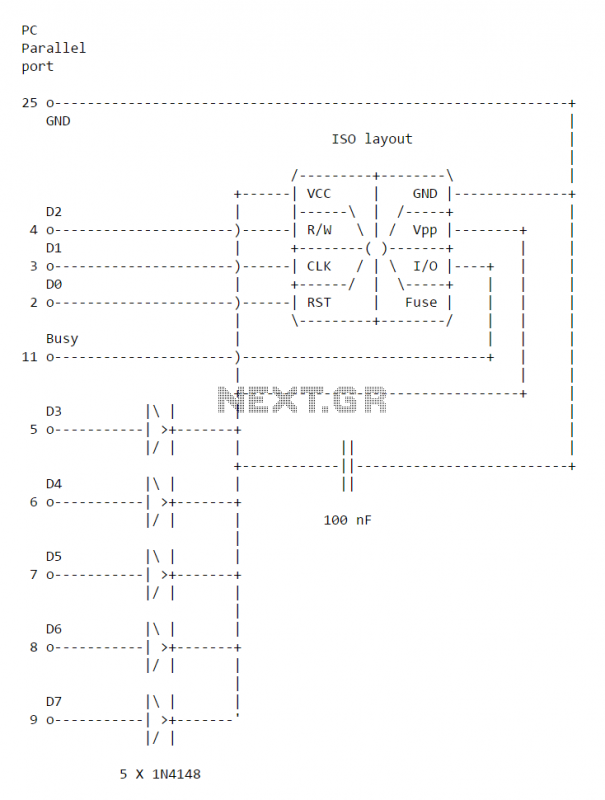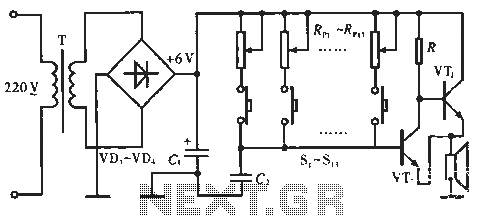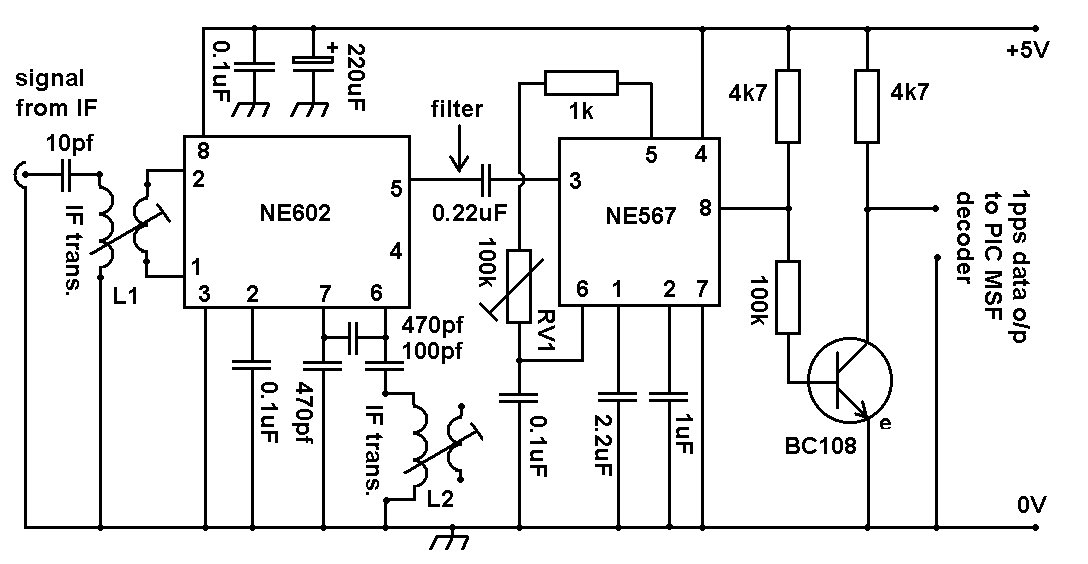
Simple Pyro RF Receiver (27 MHz) - Signal Mixing
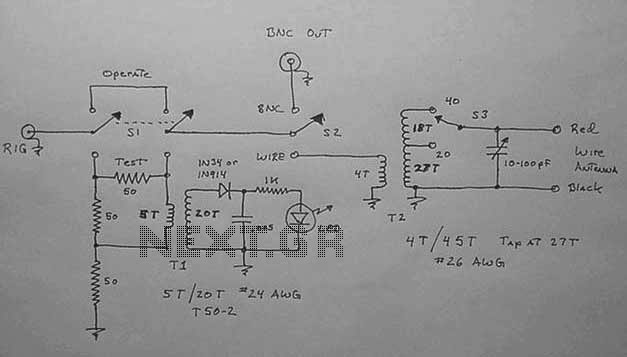
Following the functionality of the standard regenerative front-end receiver circuit, initial output from the transmitter can be observed. The first point of interest in the schematic is located immediately after the LC tuning circuit and the DC blocking capacitor. The left side of the schematic depicts this point when no transmission occurs, while the right side illustrates the same point during active transmission. The carrier signal successfully passes through the LC circuit as intended, in contrast to the background noise measurement, which represents only noise. Since the signal has successfully navigated through the LC tuning circuit, amplification is necessary to elevate the signal to a usable level. The output from the first amplification stage shows a significant increase from the 22 mV input, reaching approximately 218 mV; however, this level is still insufficient for use with the 555 timer comparator. Therefore, further amplification of the signal is required.
The regenerative front-end receiver circuit is designed to capture and amplify weak signals transmitted over a specified frequency range. The LC tuning circuit serves as a selective filter, allowing only the desired frequency to pass while attenuating unwanted signals. This tuning circuit is essential for optimizing signal reception, particularly in environments with substantial background noise.
After the LC circuit, the DC blocking capacitor is implemented to prevent any DC voltage from affecting the subsequent amplification stages. This ensures that only the AC component of the signal, which contains the information, is passed through for further processing.
In the first amplification stage, a transistor-based amplifier or operational amplifier is typically employed to boost the signal strength. The increase from 22 mV to 218 mV indicates that the amplifier is effectively enhancing the signal, but it is still below the threshold required for the 555 timer comparator to function correctly. The 555 timer comparator is a versatile device used for signal processing, timing applications, and as a pulse-width modulation generator. For optimal operation, the input signal must be above a certain voltage level, hence the need for additional amplification.
To achieve the necessary signal level, a second amplification stage can be incorporated. This stage may utilize a more robust amplifier configuration, such as a multi-stage amplifier or a dedicated RF amplifier, designed to provide higher gain and improve signal integrity. The output of this second stage should be monitored to ensure that it meets the required specifications for the 555 timer comparator input, enabling effective signal processing and further downstream applications.
Overall, the described circuit illustrates the critical stages of signal reception and amplification, highlighting the importance of each component in achieving a reliable output from the regenerative front-end receiver circuit.After the wizardry that is our standard renegerative front-end receiver circuit, we will be able to see some initial output receiver from our transmitter. The point in the schematic we`ll look at first is right after the LC tuning circuit and DC blocking capacitor: On the Left side there is a picture of that point when nothing is being transmitte
d. Compare that to the Right side which shows what that point in the schematic looks like when the transmitter is actively transmitting. You can see our carrier is making it through the LC circuit as it should be, vs. the background noise measurement, which is just noise. Since our signal made it through the LC tuning circuit like we expected, we now need to amplify the heck out of it to get it back to a level where you can actually use it, below you can see the output from the first amplification stage: This output looks a lot larger than our 22mv input at about 218mv, but its not yet good enough to be used with our 555 timer turned comparator.
So let`s amplify the signal once more. 🔗 External reference
The regenerative front-end receiver circuit is designed to capture and amplify weak signals transmitted over a specified frequency range. The LC tuning circuit serves as a selective filter, allowing only the desired frequency to pass while attenuating unwanted signals. This tuning circuit is essential for optimizing signal reception, particularly in environments with substantial background noise.
After the LC circuit, the DC blocking capacitor is implemented to prevent any DC voltage from affecting the subsequent amplification stages. This ensures that only the AC component of the signal, which contains the information, is passed through for further processing.
In the first amplification stage, a transistor-based amplifier or operational amplifier is typically employed to boost the signal strength. The increase from 22 mV to 218 mV indicates that the amplifier is effectively enhancing the signal, but it is still below the threshold required for the 555 timer comparator to function correctly. The 555 timer comparator is a versatile device used for signal processing, timing applications, and as a pulse-width modulation generator. For optimal operation, the input signal must be above a certain voltage level, hence the need for additional amplification.
To achieve the necessary signal level, a second amplification stage can be incorporated. This stage may utilize a more robust amplifier configuration, such as a multi-stage amplifier or a dedicated RF amplifier, designed to provide higher gain and improve signal integrity. The output of this second stage should be monitored to ensure that it meets the required specifications for the 555 timer comparator input, enabling effective signal processing and further downstream applications.
Overall, the described circuit illustrates the critical stages of signal reception and amplification, highlighting the importance of each component in achieving a reliable output from the regenerative front-end receiver circuit.After the wizardry that is our standard renegerative front-end receiver circuit, we will be able to see some initial output receiver from our transmitter. The point in the schematic we`ll look at first is right after the LC tuning circuit and DC blocking capacitor: On the Left side there is a picture of that point when nothing is being transmitte
d. Compare that to the Right side which shows what that point in the schematic looks like when the transmitter is actively transmitting. You can see our carrier is making it through the LC circuit as it should be, vs. the background noise measurement, which is just noise. Since our signal made it through the LC tuning circuit like we expected, we now need to amplify the heck out of it to get it back to a level where you can actually use it, below you can see the output from the first amplification stage: This output looks a lot larger than our 22mv input at about 218mv, but its not yet good enough to be used with our 555 timer turned comparator.
So let`s amplify the signal once more. 🔗 External reference
